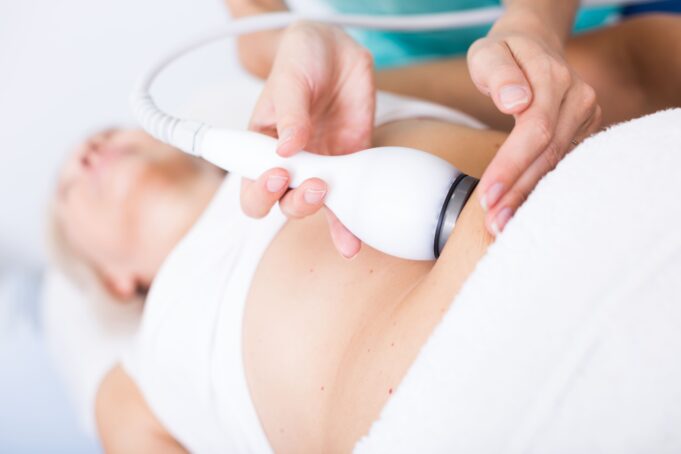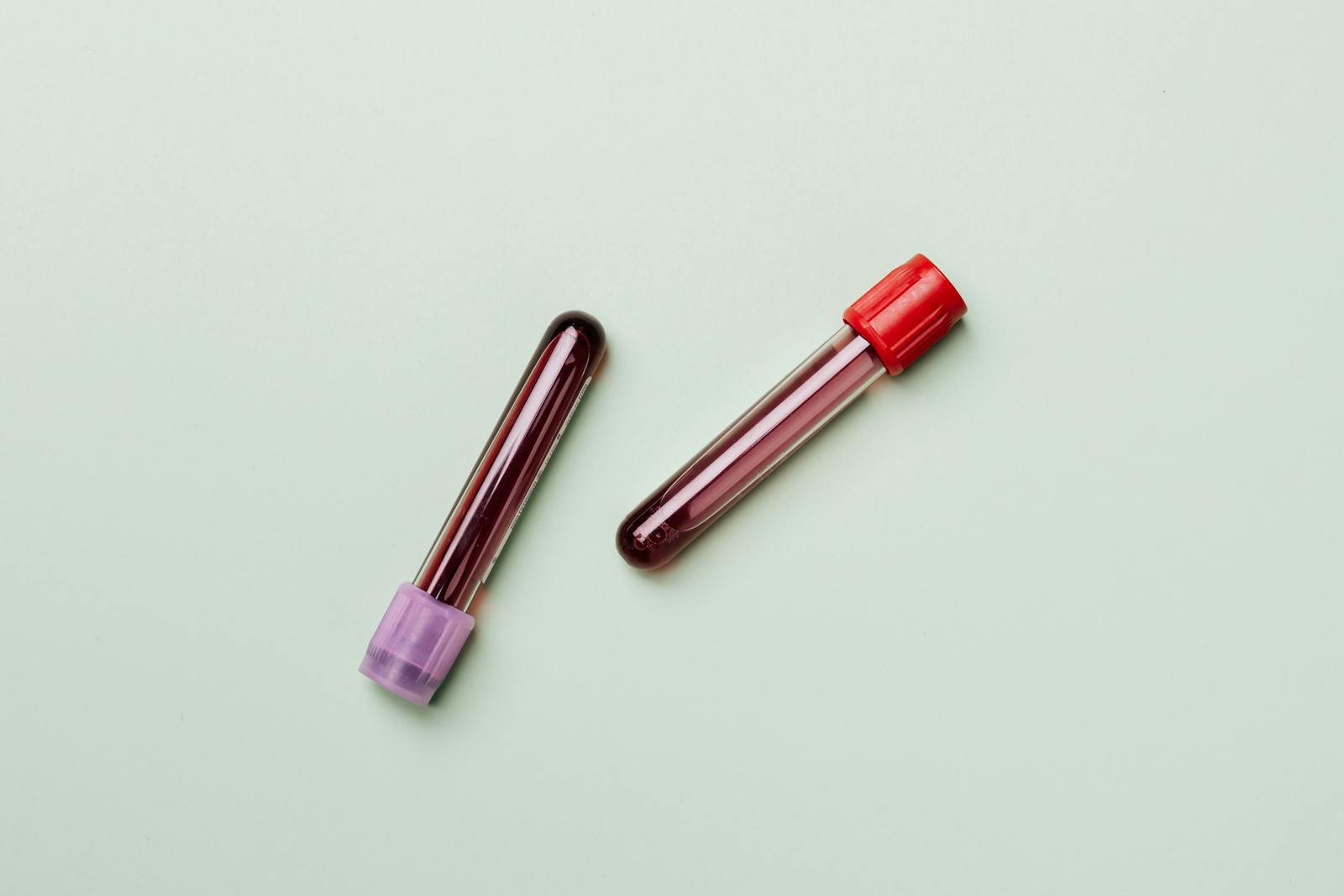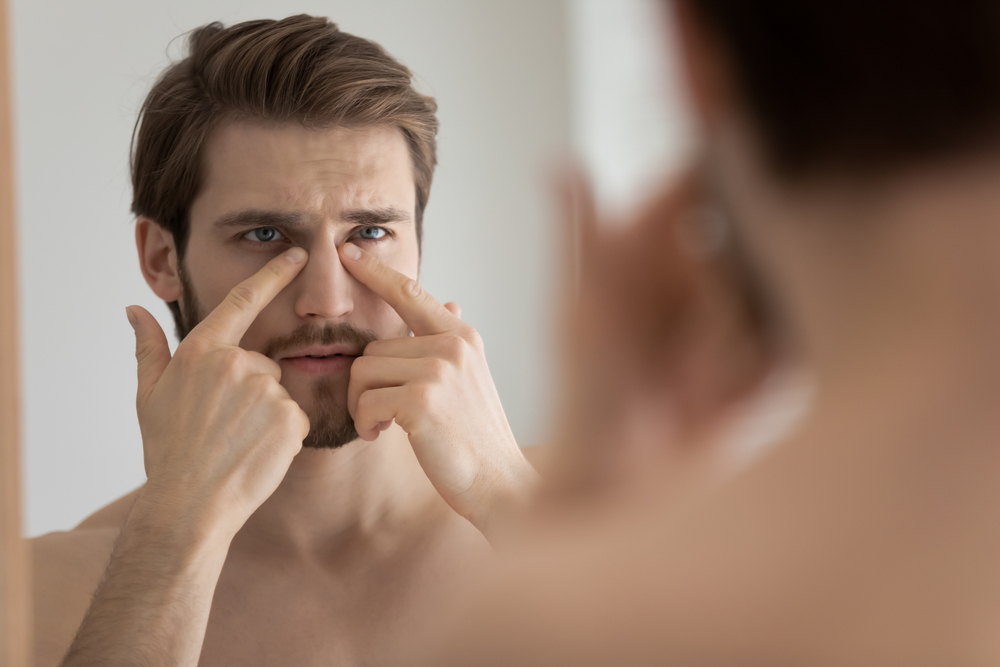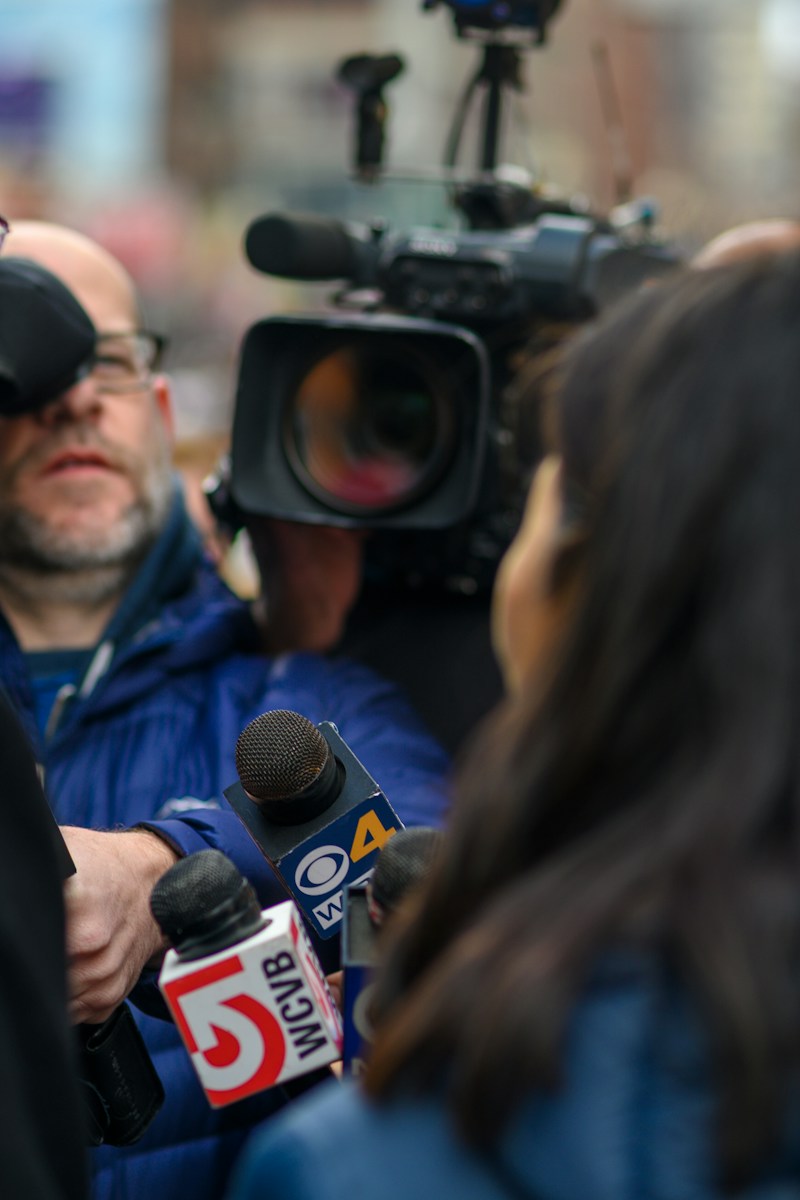The sudden death of 40-year-old businesswoman Natália Cavanellas in São Paulo has shocked Brazil’s elite business community and reignited a global conversation about the risks associated with high-definition liposuction. Cavanellas, known for her PR and networking empire connecting hundreds of female executives, died after undergoing liposuction at the private San Gennaro Hospital. She reportedly suffered a cardiac arrest during the procedure and could not be revived.
The operation was performed by Dr. Edgar Lopez, a plastic surgeon who markets himself as a pioneer in high-definition liposuction and the first doctor in Brazil to use Renuvion, a minimally invasive device designed to tighten the skin with radiofrequency energy and helium plasma. Despite the technology’s claims to safety and precision, the case highlights the potentially fatal consequences when aesthetic procedures go wrong, even in luxury medical settings.
Cavanellas had built a reputation as a trailblazer for women in business, having recently been recognised by the São Paulo City Council as one of the 100 most successful women in the city. Just days before the procedure, she celebrated her 40th birthday with a networking party she described as “where networking meets entertainment.” Her death, described as sudden and excruciating, has left a young daughter, a grieving husband, and a devastated professional community behind.
The use of Renuvion in cosmetic procedures has garnered increasing scrutiny. While promoted for its ability to enhance skin tightening outcomes, particularly when combined with liposuction, it has not been without controversy. In 2022, the US Food and Drug Administration (FDA) issued a safety communication cautioning against its use in aesthetic procedures outside of specific FDA-cleared indications, citing reports of serious side effects including burns and tissue damage.
Liposuction, particularly the high-definition variety which targets precise sculpting of fat layers, is often marketed as safe and routine. Yet it carries inherent risks. According to the Mayo Clinic, complications can include infections, blood clots, punctured organs, and heart or kidney issues. The death rate for liposuction is estimated at one in every five thousand procedures. While rare, fatalities usually result from complications related to anaesthesia, fluid shifts, or post-surgical neglect.
Questions are now being raised about the level of oversight, informed consent, and patient safety protocols in some private cosmetic clinics. Despite being seen as elite destinations for medical tourism or high-net-worth clients, even luxury clinics are not immune to complications. It remains unclear what emergency support was available when Cavanellas went into cardiac arrest. Her sister told police that she received first aid but did not survive.
In an era where aesthetic enhancement is often equated with empowerment, this case forces a necessary pause. How much risk is truly understood by patients, and how much is downplayed in pursuit of perfection? The aesthetic industry must reckon with the gap between promise and reality. Technology like Renuvion may offer innovation, but without transparent safety data, proper training, and clear regulation, it may also introduce unacceptable levels of risk.
Cavanellas’ legacy lives on through the hundreds of women she empowered through her business. Her mission to connect people and elevate female leadership resonated far beyond Brazil. But her death underscores an uncomfortable truth about aesthetic surgery: no procedure is ever truly without risk. In her case, that risk proved fatal.













